With a plethora of uses around the agricultural and construction scene, bailing wire has long been a trusted companion in the world of industry. Whether it’s to bind hay and straw bales together, build trellises, fasten fencing, or some other task, this resilient wire is up to the challenge.
A variety of baling wire can be found used in various applications, with different pros and cons associated with each type. Steel and aluminum are the two most common materials used in baling wire, each presenting its own advantages and disadvantages. Steel baling wire is undoubtedly the strongest kind of wire, yet its higher cost can dissuade potential customers from going down that route. In contrast, aluminum baling wire is much less costly but may not always provide the same levels of strength.
When selecting baling wire, it is essential to examine its intended use. If the wire is intended to secure hay bales, then a much more robust type of material may be needed compared to if it is being used for a trellis. Weather conditions should also be taken into account. For regions where the wire may be exposed to rust, stainless steel might be the more advantageous solution.
If you’re looking for baling wire, there’s no shortage of choices! From a vast array of gauges, to the quantity you wish to purchase (pound, foot, or spool) – the selection is vast. Remember to consider balance between strength and cost; the more substantial the wire, the more it will cost!
Handlers of baling wire should be watchful to keep away from the wire’s hazardous, pointed edges. Similarly, the tension of the wire should be checked to make sure it won’t unstrings itself and bring about any potential mishaps.
Related Product

Black Annealed Wire
Product Description: Product name Black Annealed Wire MOQ: No Material Q195,Q235 Delivery time: 20days after payment Surface annealed or as your request Payment terms: T/T,L/C We […]
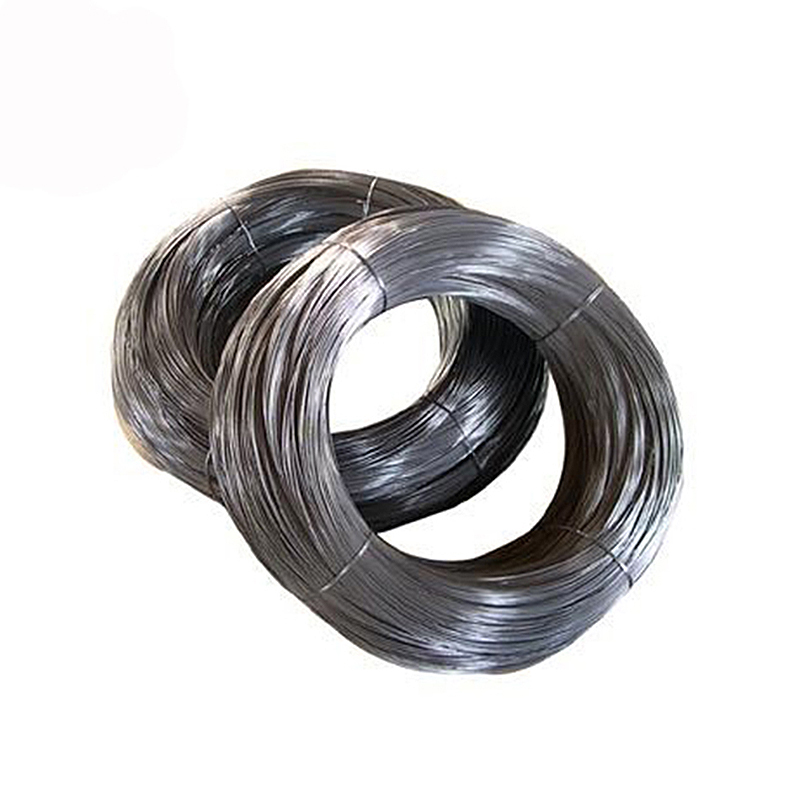
Galvanized Wire
Product information: Product Name Galvanized Wire Package 5kgs/roll, pp film inside and hassian cloth outside or pp woven bag outside 25kgs/roll, pp film inside and hassian […]
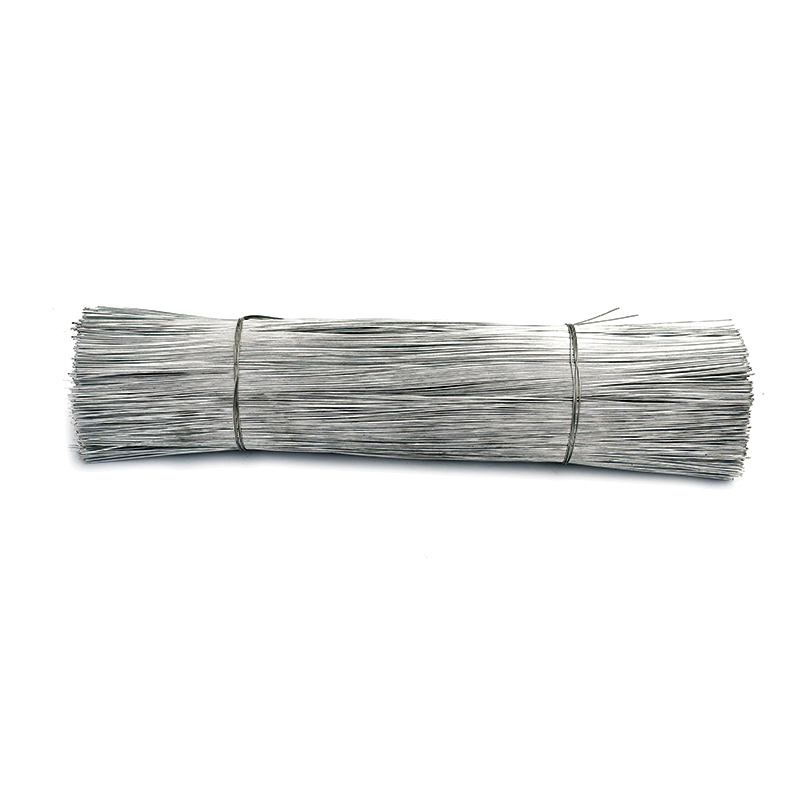
Cutting Wire
Product Description: Product Name Cutting Wire Zinc Coating 30-70g Place of Origin Chinese mainland Tensile Strength 33-50kg/mm2 Material Electro galvanizedHot dipped galvan […]
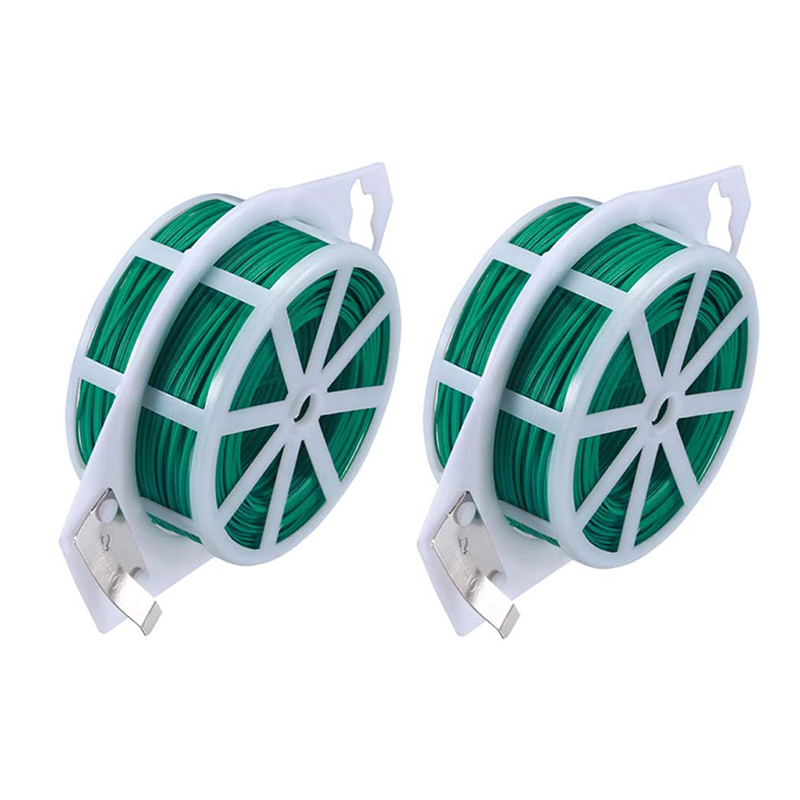
Garden Wire
Product information: The garden shingling is made of pvc plastic and high-quality galvanized iron wire, which is 3 to 4 times faster than any material, and the buckle is loose, the […]

Twister Tool
Handle Twister tool,plastic handle: Weight: 0.4kg Color: Black, blue,yellow ,red etc Material: Carbon Steel Plastic Handle Wire Tie / Tying Hook Tool Twister Wooden Handle […]
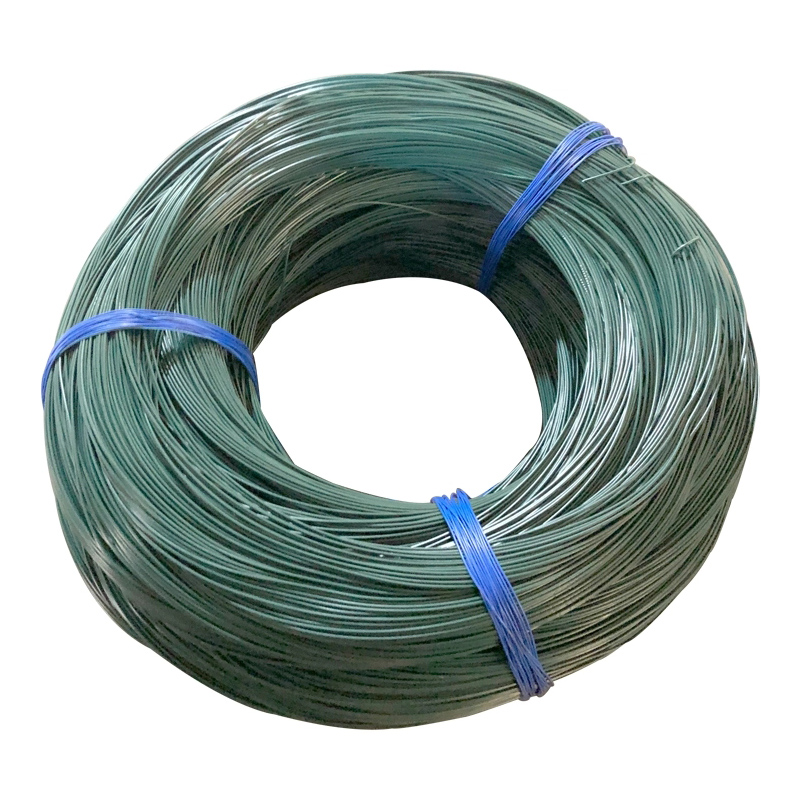
PVC Coated Wire
PVC coated wire, also called plastic coated wire, after high temperature dissolution cooled solid PVC particles uniformly wrapped in high-quality black iron wire and galvanized wi […]
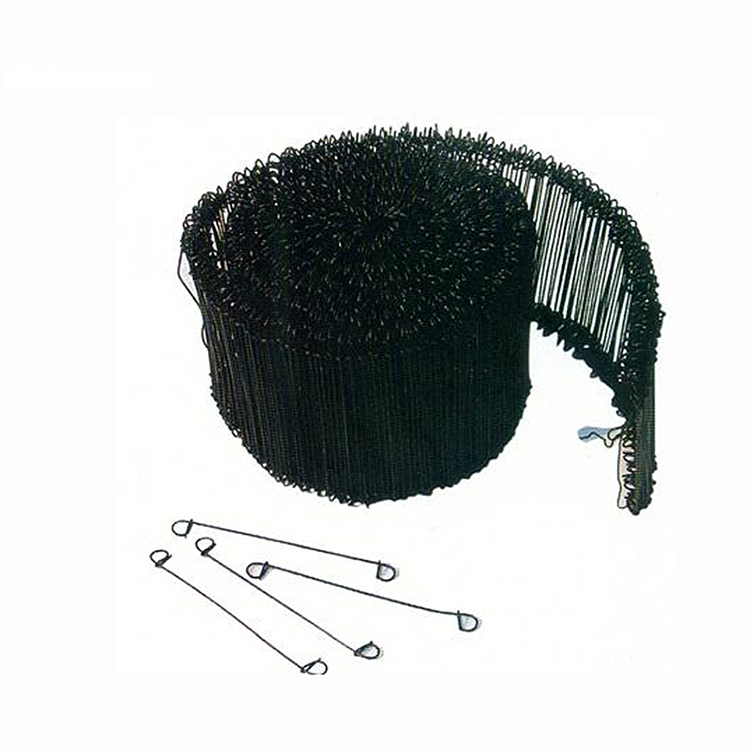
Double Loop Tie Wire
Double loop tie wire material Product Information: Wire diam. 0.5mm—2.0mm Finishes Black Annealed. Galvanized Annealed, Coppered, PVC coated, Stainless steel Wire gauge BWG6 […]
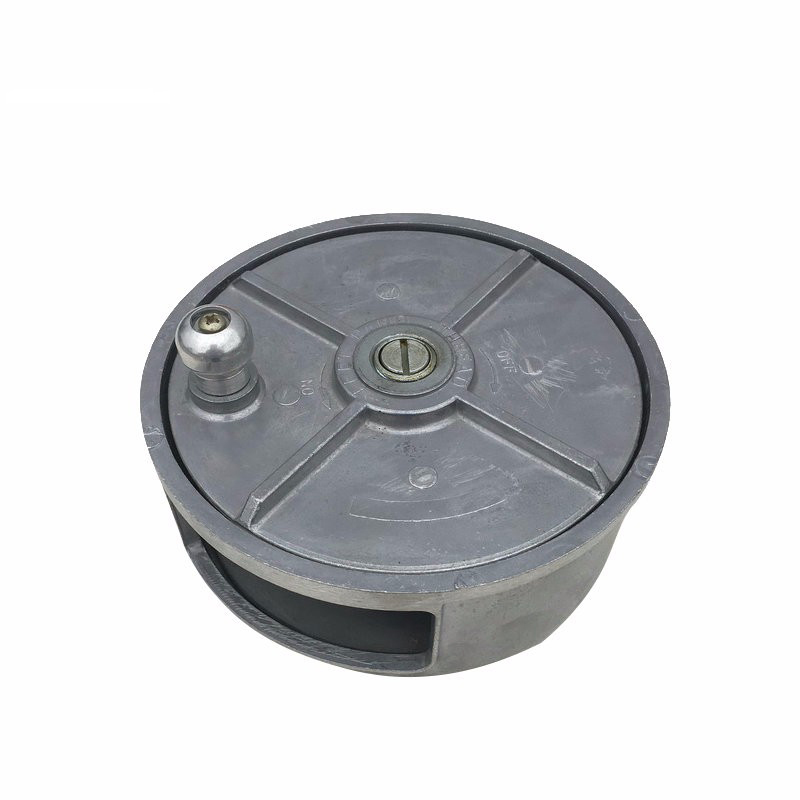
Reel Wire Tool
Product information: Specification of Aluminum Tie Wire Reel Material Plastic & Aluminum Weight 1.95LBS Application Binding Wire MOQ 1000pcs Sample Free Package 5PCS/CARTON &nb […]
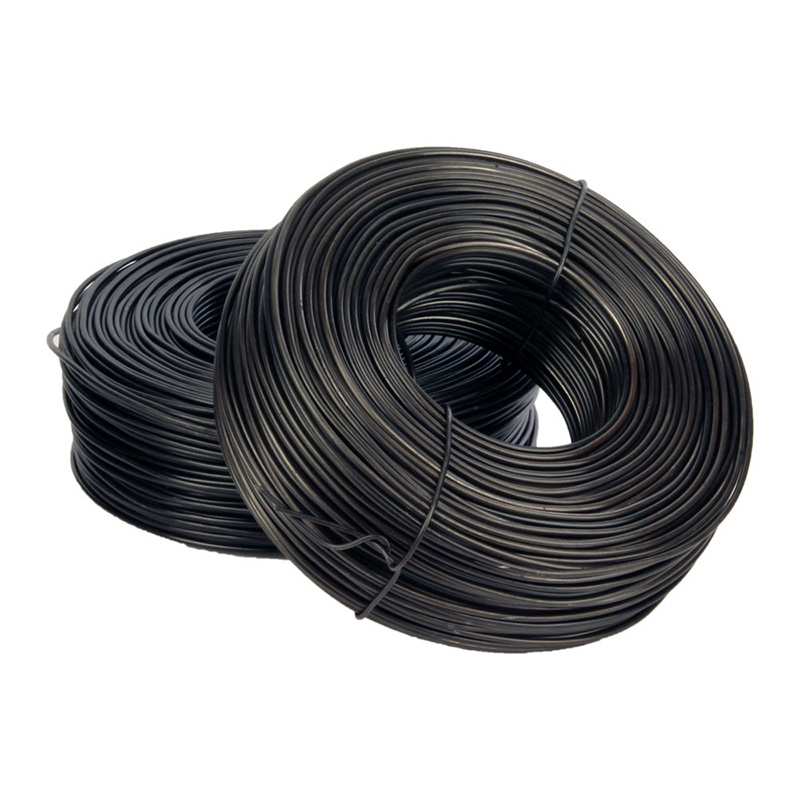
Tie Wire
Production Process of rebar tie wire : Steel rod coil — Wire Drawing — Wire Annealing–Rust Removing–Acid Washing– Boiling– Drying– Zinc Feeding– Wire Coiling. Wires Type 1.Galvaniz […]
Post time: 2023-06-10
